The vast, seemingly borderless oceans that cover over 70% of our planet are not merely static bodies of water. They are dynamic systems with complex current patterns that influence global climate, marine ecosystems, and remarkably, the migration patterns of birds. While most people understand that birds navigate using visual landmarks, magnetic fields, and celestial cues, fewer realize the profound impact that ocean currents have on avian migration strategies. These powerful marine highways not only shape the journeys of seabirds but also influence the routes of many land birds that cross oceanic barriers. This article explores the fascinating and often unexpected ways that ocean currents guide bird travel, revealing connections between marine and aerial worlds that highlight nature’s intricate design.
The Invisible Highways of the Sea
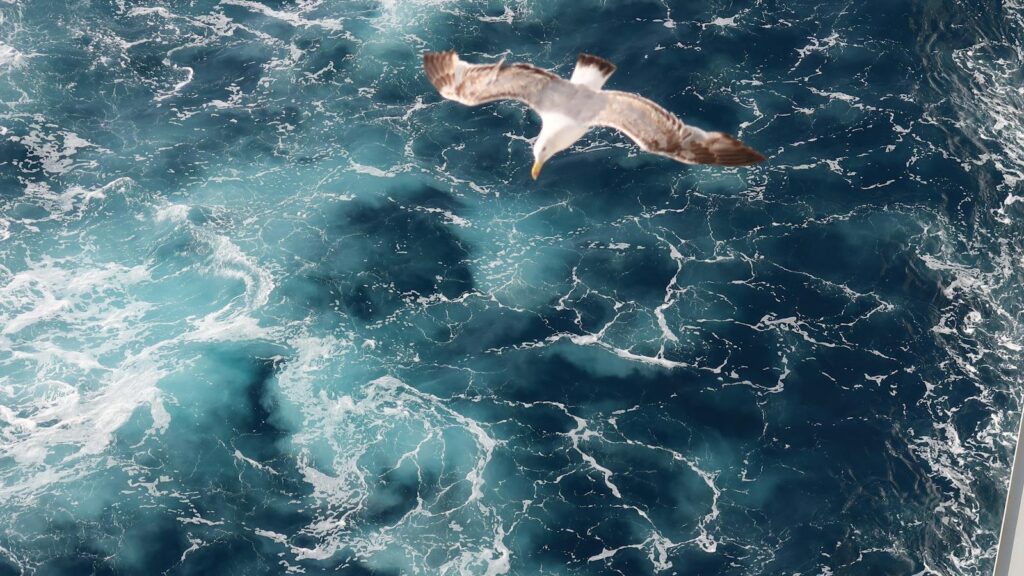
Ocean currents function as massive, flowing rivers within the sea, creating highways that birds have evolved to detect and utilize during migration. These currents can span thousands of miles, moving enormous volumes of water around the globe in predictable patterns. For migrating birds, these currents represent energy-saving pathways, providing tailwinds that can significantly reduce the metabolic costs of long-distance flight. Seabirds like albatrosses and shearwaters are particularly adept at identifying these currents, often following their boundaries where productivity is highest. Scientists have discovered that some birds can detect subtle changes in wave patterns, air temperature, and even smell that indicate the presence of these powerful oceanic flows.
Thermal Maps in Avian Navigation

Birds possess an extraordinary ability to detect temperature differences created by ocean currents, essentially seeing thermal maps invisible to the human eye. Warm currents like the Gulf Stream create distinct temperature boundaries that birds can sense, providing them with navigational cues during long oceanic crossings. Research using satellite tracking has shown that species like Arctic Terns adjust their flight paths to take advantage of these thermal highways, often flying along the edges where warm and cold waters meet. These temperature differentials also affect air movement, creating predictable wind patterns that birds exploit to conserve energy. The sensitive temperature receptors in birds’ bills and feet allow them to make minute course adjustments based on these thermal cues, demonstrating an evolutionary adaptation specifically suited for trans-oceanic travel.
Food Chains Linked to Current Systems
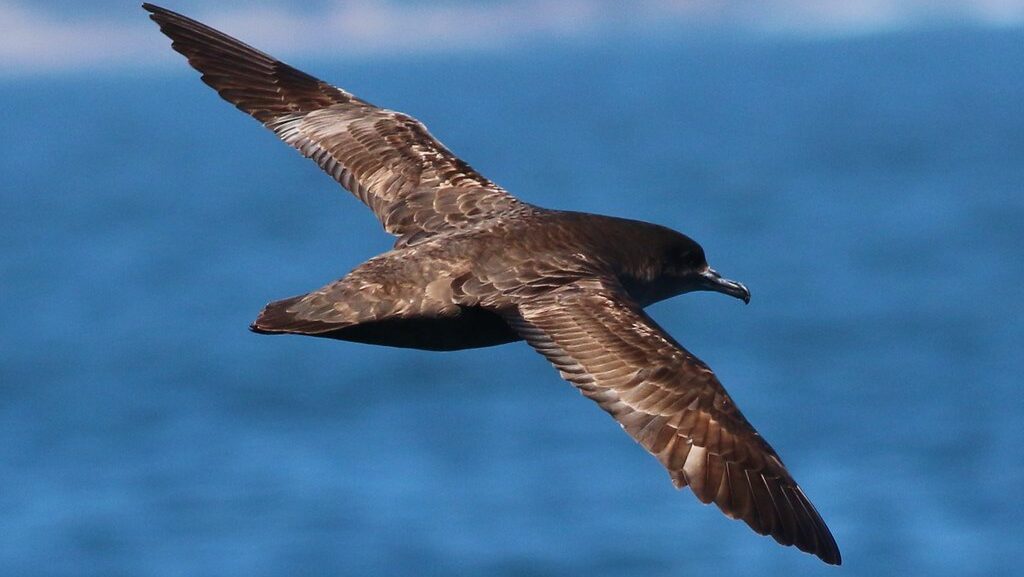
Ocean currents create biological hotspots that serve as critical refueling stations for migrating birds. Where currents converge or upwell from the deep ocean, they bring nutrient-rich waters to the surface, sparking plankton blooms that support abundant fish populations. Migrating birds have evolved to time their journeys to coincide with these productivity peaks, creating a dependency on current-driven food webs. Satellite tracking studies have revealed that birds like the Sooty Shearwater coordinate their global migrations to visit multiple current-induced feeding grounds across different oceans and hemispheres. These birds essentially follow a “wave” of productivity around the planet, demonstrating how intimately avian migration patterns are tied to oceanographic processes. Some species even time their breeding cycles to match the seasonal shifts in current patterns, ensuring maximum food availability when raising young.
The Gulf Stream’s Avian Highway

The Gulf Stream represents one of the most significant current systems influencing bird migration in the North Atlantic. This powerful warm current creates a corridor of favorable winds and rich feeding grounds that numerous bird species exploit during their journeys. Tracking studies have shown that birds crossing between North America and Europe often adjust their routes to take advantage of the Gulf Stream’s tailwinds, potentially saving up to 30% of their energy expenditure. Species like the Northern Gannet and Cory’s Shearwater demonstrate remarkable fidelity to specific sections of the Gulf Stream during migration. The benefits are so significant that even some land birds making trans-Atlantic journeys, like certain warbler species, appear to time their crossings to coincide with optimal Gulf Stream conditions, despite having no direct interaction with the marine environment during the rest of their lives.
Unexpected Influences on Land Bird Migration

While the connection between seabirds and ocean currents seems intuitive, research has uncovered surprising links between currents and the migration patterns of land birds. Species that undertake long over-water flights, such as those crossing the Gulf of Mexico or Mediterranean Sea, have been found to time their departures with current-induced weather patterns. These birds essentially “surf” atmospheric conditions created by ocean currents, utilizing them as indirect navigational aids. Radar studies have shown that thrushes, warblers, and other songbirds adjust their migration timing based on weather systems generated by oceanic conditions. Perhaps most surprisingly, some land birds appear to navigate using olfactory cues derived from compounds produced by marine organisms in current systems, essentially smelling their way across vast expanses of ocean. This unexpected connection highlights how terrestrial and marine ecosystems are intricately linked through avian migration.
El Niño’s Dramatic Impact on Bird Migration

The El Niño Southern Oscillation (ENSO) represents one of the most dramatic examples of how ocean current fluctuations affect bird migration globally. During El Niño events, changes in Pacific Ocean currents disrupt normal temperature patterns and productivity, forcing birds to alter their traditional migration routes and timing. Seabirds like Galápagos Penguins and Blue-footed Boobies experience catastrophic breeding failures during strong El Niño years when the currents they depend on shift, displacing the fish populations that sustain them. Remarkably, some migratory birds appear to “predict” El Niño events, adjusting their migration timing and routes months before the oceanographic changes become apparent to human observers. These adaptive responses demonstrate how birds have evolved sensitivity to even subtle shifts in ocean current patterns, allowing them to respond to environmental changes with remarkable flexibility.
The Antarctic Circumpolar Current’s Flying Followers
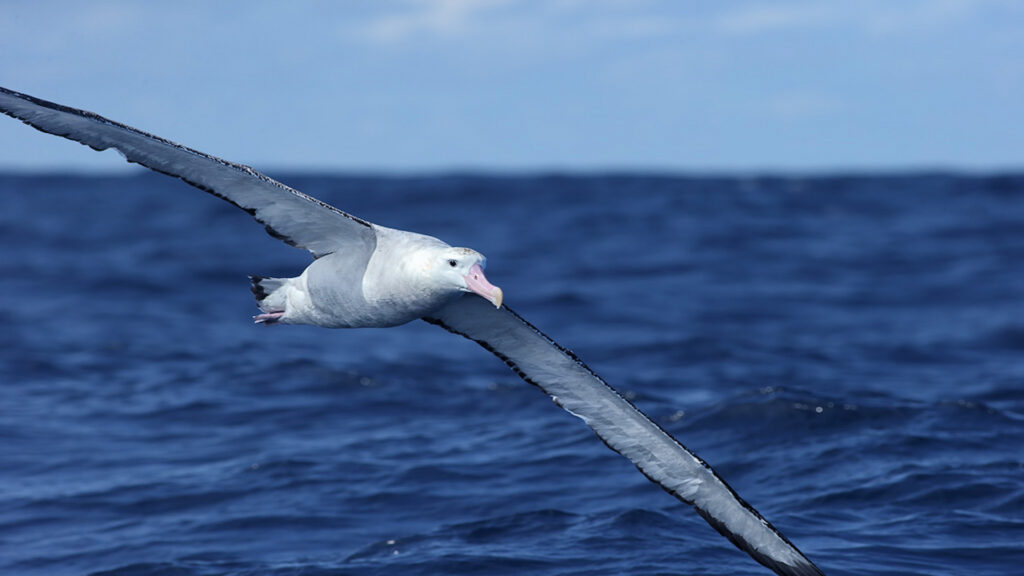
The world’s most powerful ocean current, the Antarctic Circumpolar Current, creates a unique environment that several specialized bird species have evolved to exploit. This massive current encircles Antarctica unimpeded by landmasses, generating consistent westerly winds known as the “Roaring Forties” and “Furious Fifties.” Birds like the Wandering Albatross have evolved extraordinarily efficient flight techniques to harness these winds, enabling them to circle the entire Southern Ocean with minimal energy expenditure. Tracking studies have revealed that these birds can travel over 10,000 miles in a single foraging trip, spending months without returning to land as they follow the productive zones created by this current system. The Antarctic Circumpolar Current essentially created an evolutionary niche that allowed albatrosses to develop their remarkable soaring abilities and extreme longevity, with some individuals living over 60 years and traveling millions of miles in their lifetime.
Ocean Currents as Time-Keepers for Migration
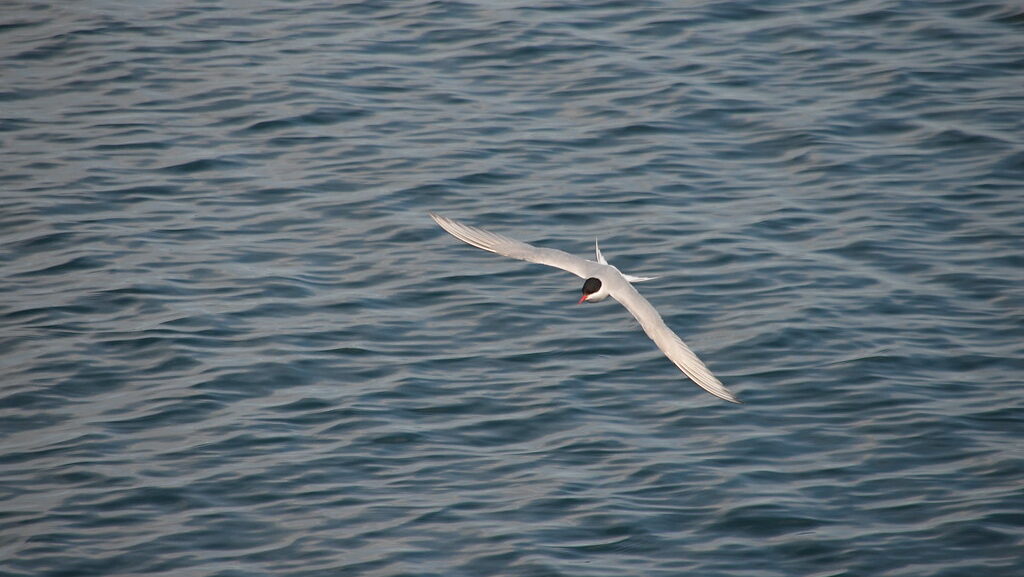
Recent research has uncovered evidence that birds use seasonal shifts in ocean currents as biological clocks to time their migrations with remarkable precision. Many ocean currents undergo predictable seasonal changes in strength, temperature, and position that birds have evolved to detect and respond to. For example, the Arctic Tern’s 44,000-mile annual migration coincides precisely with seasonal shifts in North Atlantic and Southern Ocean current systems. These birds appear to integrate information about day length, magnetic fields, and oceanic conditions to time their departures and arrivals. Even more surprisingly, some birds seem capable of compensating for year-to-year variations in current timing, suggesting they possess a sophisticated understanding of oceanographic processes rather than simply following a genetic program. This environmental responsiveness helps explain how birds maintain their migration timing despite the climate variability they encounter across hemispheres.
Marine Productivity Zones as Migratory Magnets
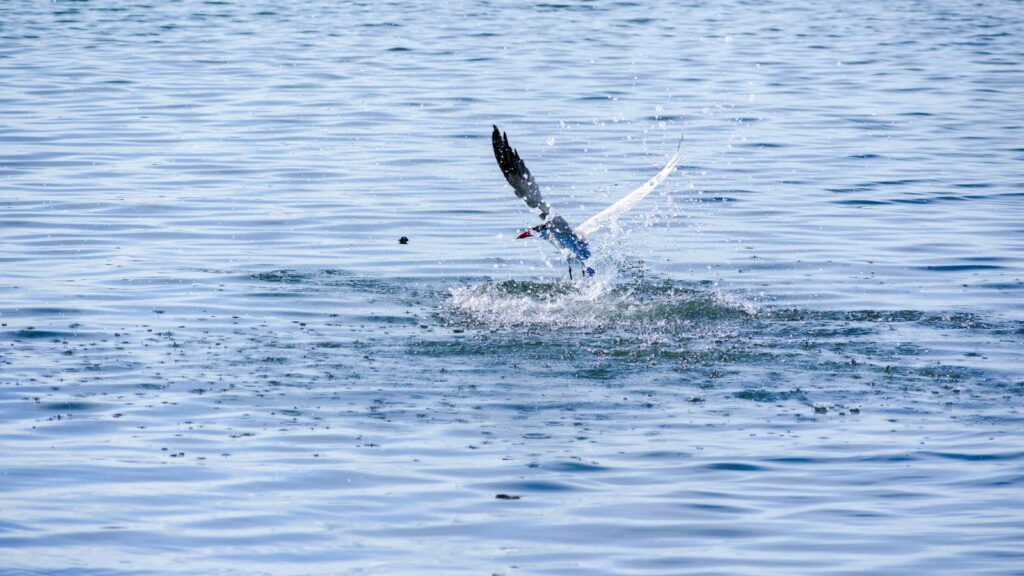
Ocean currents create distinct zones of marine productivity that act as powerful attractants for migrating birds. Where currents meet or where deep, nutrient-rich water upwells to the surface, phytoplankton blooms create the foundation for rich food webs that birds can exploit. Areas like the Benguela Current off southwestern Africa attract millions of seabirds from both hemispheres, creating one of the planet’s most important avian feeding grounds. Birds can detect these productivity zones from remarkable distances, using their sense of smell to detect dimethyl sulfide (DMS), a compound released by phytoplankton. Research has shown that some migratory birds will detour hundreds of miles from their usual routes to visit these current-induced feeding hotspots. The predictability of these productivity zones has shaped avian migration patterns over evolutionary time, creating dependencies that make birds particularly vulnerable to changes in ocean current systems.
Plastic Pollution Following the Same Routes

In a troubling parallel, the same ocean currents that guide bird migrations also concentrate floating plastic pollution, creating a dangerous overlap between avian highways and pollution hotspots. Birds following productive current boundaries often encounter high concentrations of plastic debris that has accumulated along the same oceanographic features they use for navigation and feeding. Albatrosses, shearwaters, and petrels are particularly vulnerable, mistaking floating plastic for food and feeding it to their chicks. Research has found that over 90% of seabirds have ingested plastic, with the highest exposure rates occurring along major current systems like the North Pacific Gyre. This overlap creates a cruel irony – the same currents that evolved as life-supporting features for these birds now funnel human pollution into their feeding grounds. The convergence of migration routes and pollution transport highlights how human activities are directly impacting systems that birds have relied on for millions of years.
Climate Change Disrupting Ancient Connections

Climate change is altering ocean current patterns in ways that threaten the delicate timing of bird migrations refined over millennia. As ocean temperatures rise, currents like the Gulf Stream are showing signs of weakening, potentially disrupting the predictable patterns birds have evolved to follow. Birds that time their migrations to coincide with current-driven productivity may find themselves arriving at feeding grounds before or after peak food availability. This mismatch can lead to reduced breeding success and population declines, as seen in Atlantic Puffins when changing currents in the North Sea affect sand eel availability. Perhaps most concerning is the potential for rapid, non-linear changes in current systems like the Atlantic Meridional Overturning Circulation, which could cause abrupt shifts in migration cues that birds cannot adapt to quickly enough. These changes highlight the vulnerability of bird populations to oceanographic shifts occurring at rates unprecedented in their evolutionary history.
Current-Following Strategies in Bird Evolution
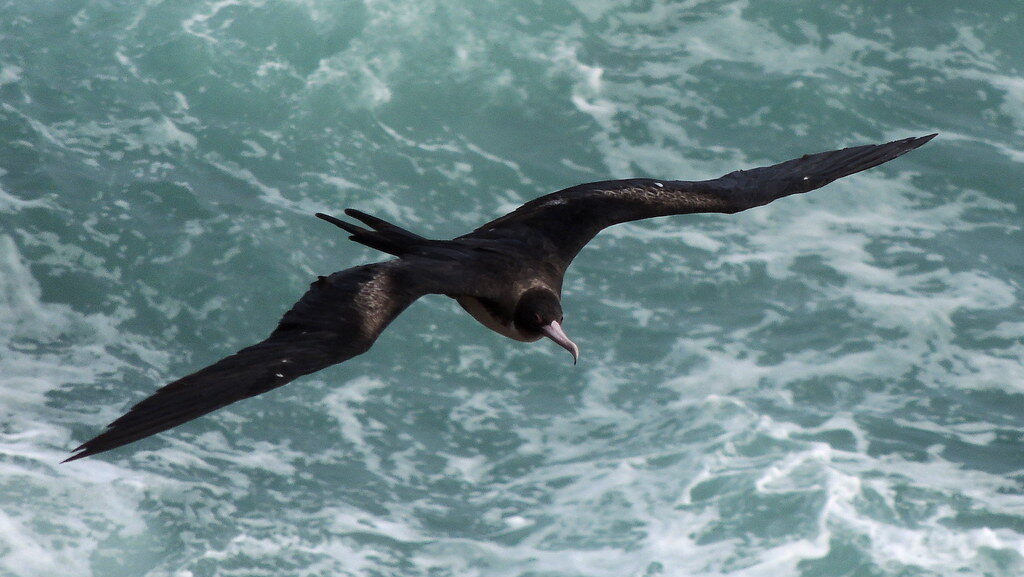
The relationship between birds and ocean currents represents one of evolution’s most remarkable examples of adaptation to environmental features. Genetic studies suggest that the ability to detect and utilize current systems has evolved independently in multiple bird lineages, indicating the strong selective advantage this capability provides. Birds that efficiently exploit current systems can reduce their energy expenditure by up to 70% compared to those flying in unfavorable conditions. This energy saving translates directly to improved survival and reproductive success, driving the evolution of ever more sophisticated current-following behaviors. The extreme morphological adaptations seen in birds like albatrosses – with their specialized shoulder locks and high aspect ratio wings – developed specifically to harness winds generated by ocean current systems. These evolutionary adaptations highlight how profoundly Earth’s oceanographic features have shaped avian development, creating specialized migrants uniquely adapted to a planet defined by its ocean currents.
Conclusion
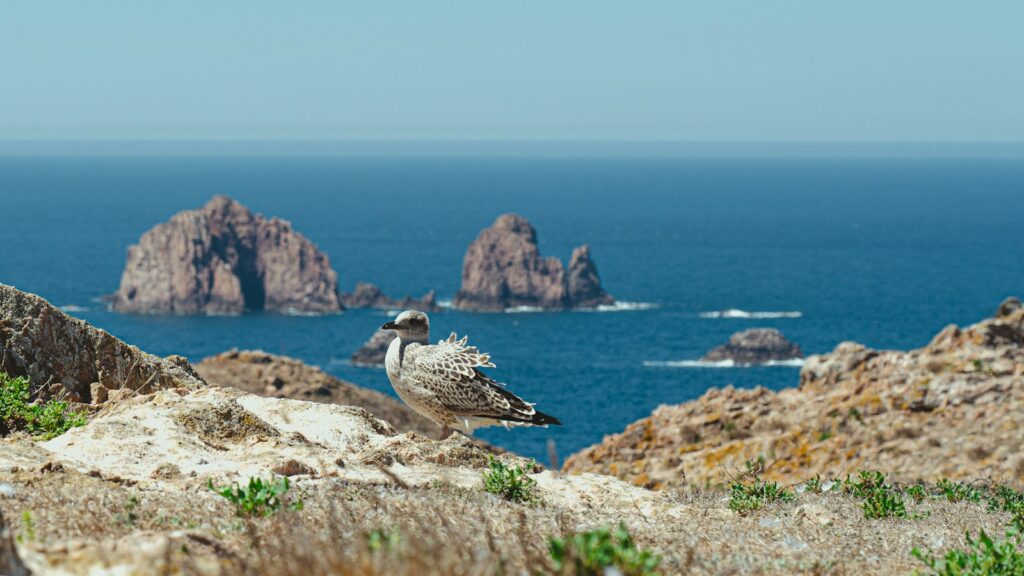
The intricate relationship between ocean currents and bird migration reveals nature’s remarkable interconnectedness. What appears as simple instinct in birds actually represents sophisticated navigation systems evolved over millions of years to exploit the planet’s oceanic highways. As we continue to alter Earth’s climate and ocean systems, understanding these connections becomes increasingly important for conservation efforts. Birds that have fine-tuned their migrations to follow specific current patterns may face unprecedented challenges as these systems shift. Yet this understanding also inspires hope – by recognizing how fundamentally birds depend on healthy ocean systems, we gain powerful motivation to protect both. The hidden influence of ocean currents on bird travel reminds us that even the most seemingly separate natural systems are, in reality, parts of a beautifully integrated whole.
